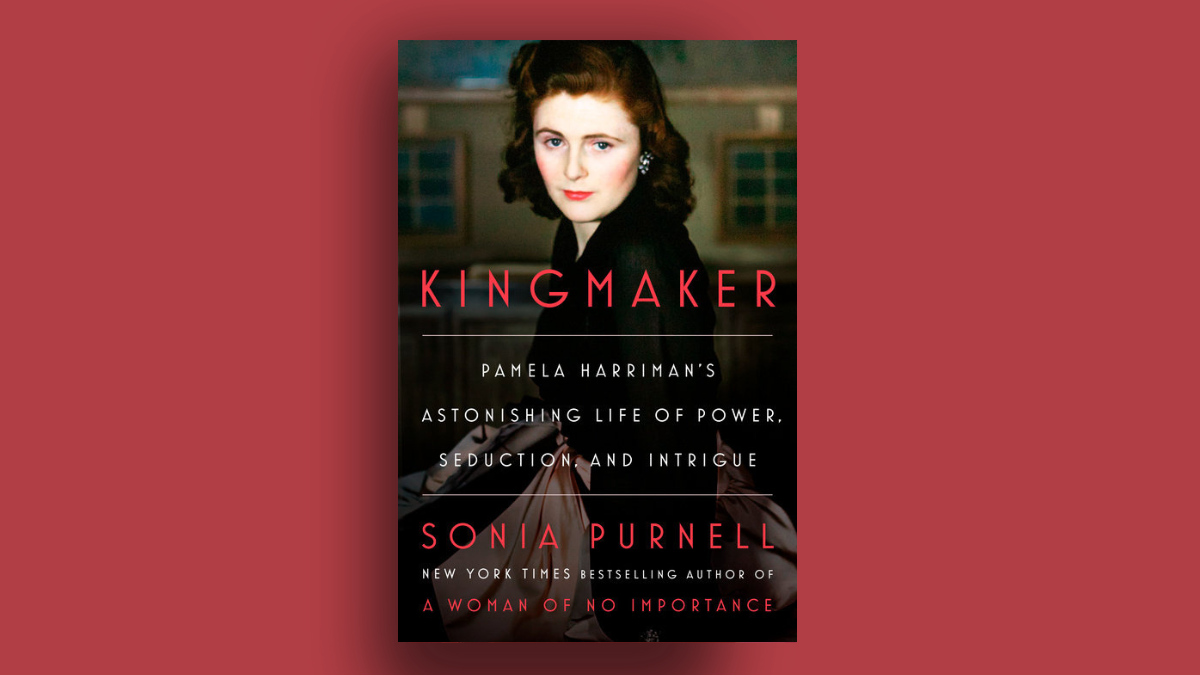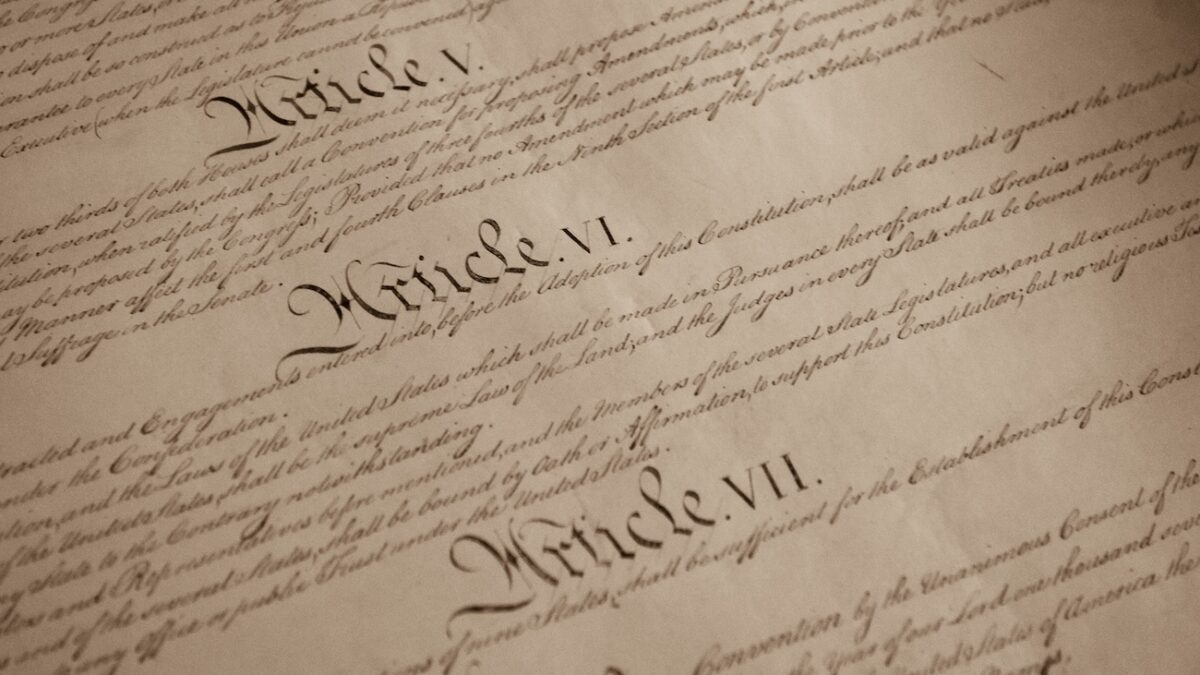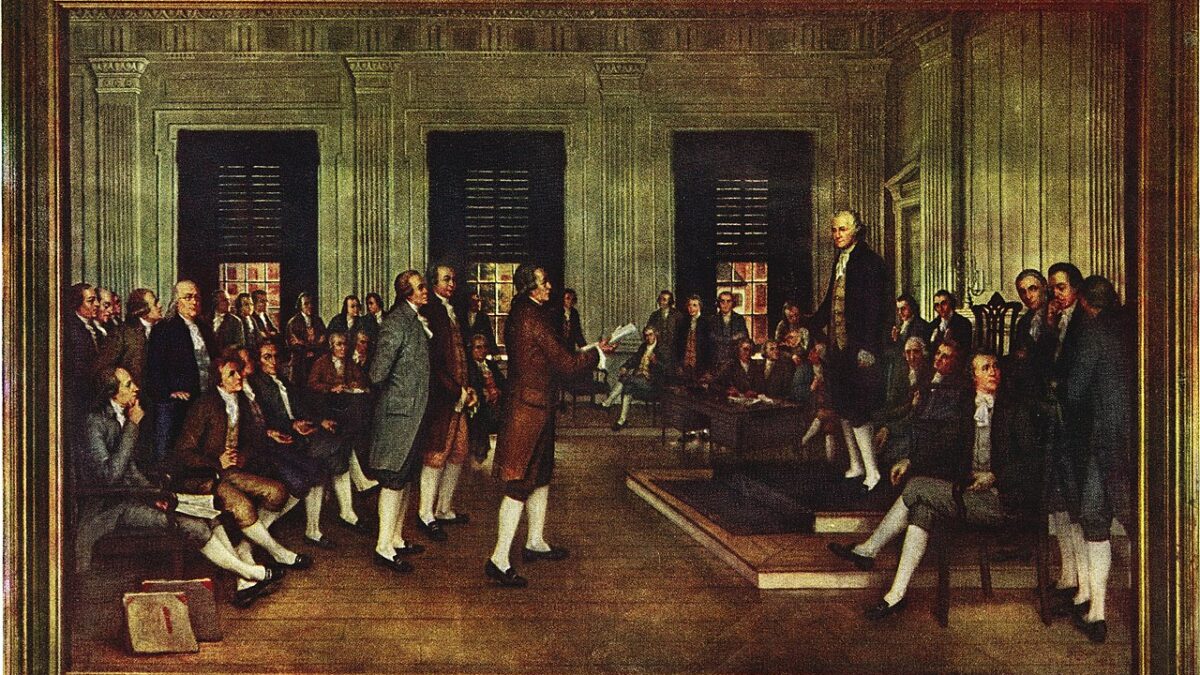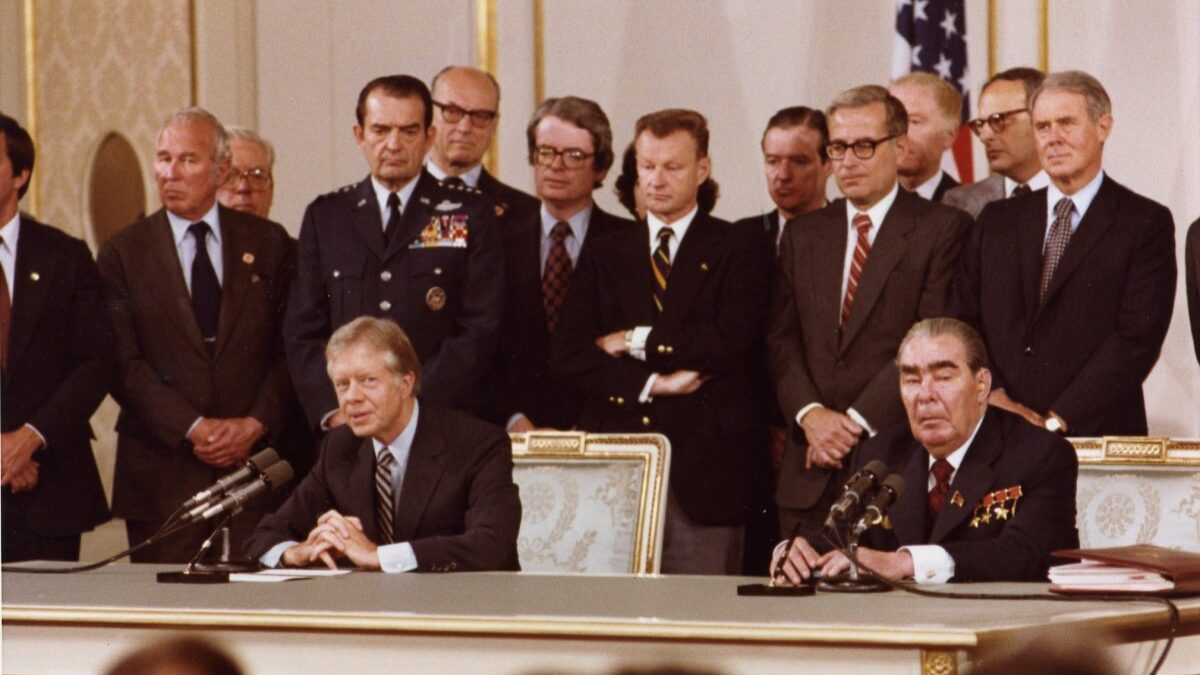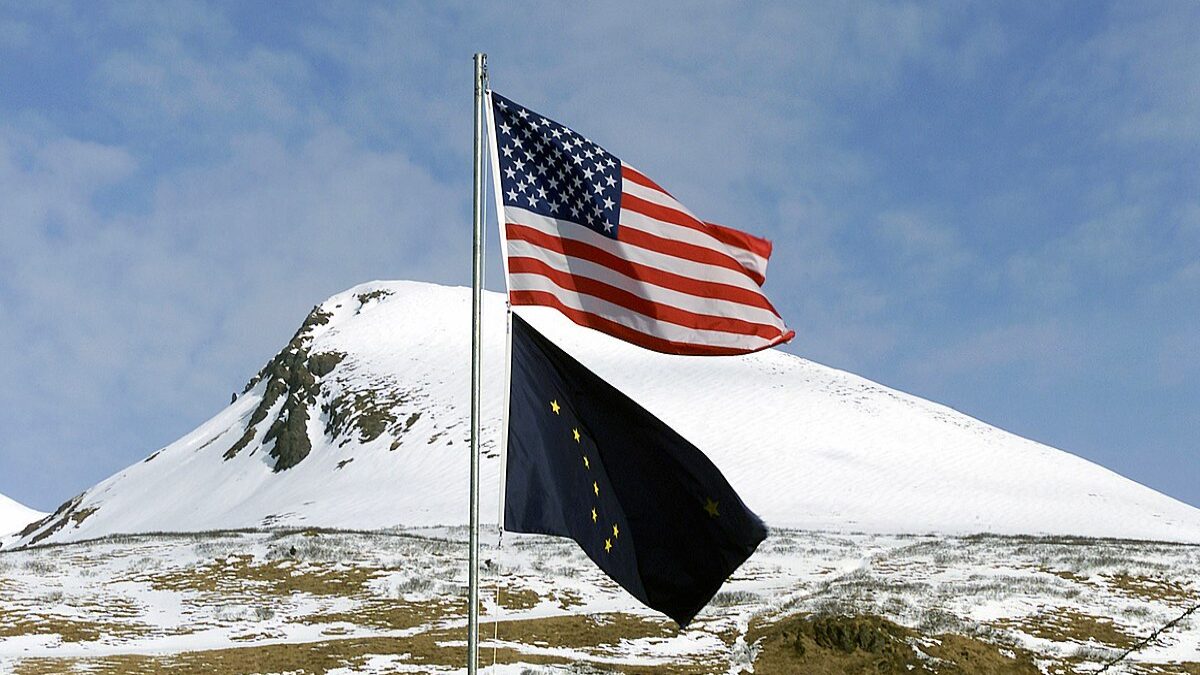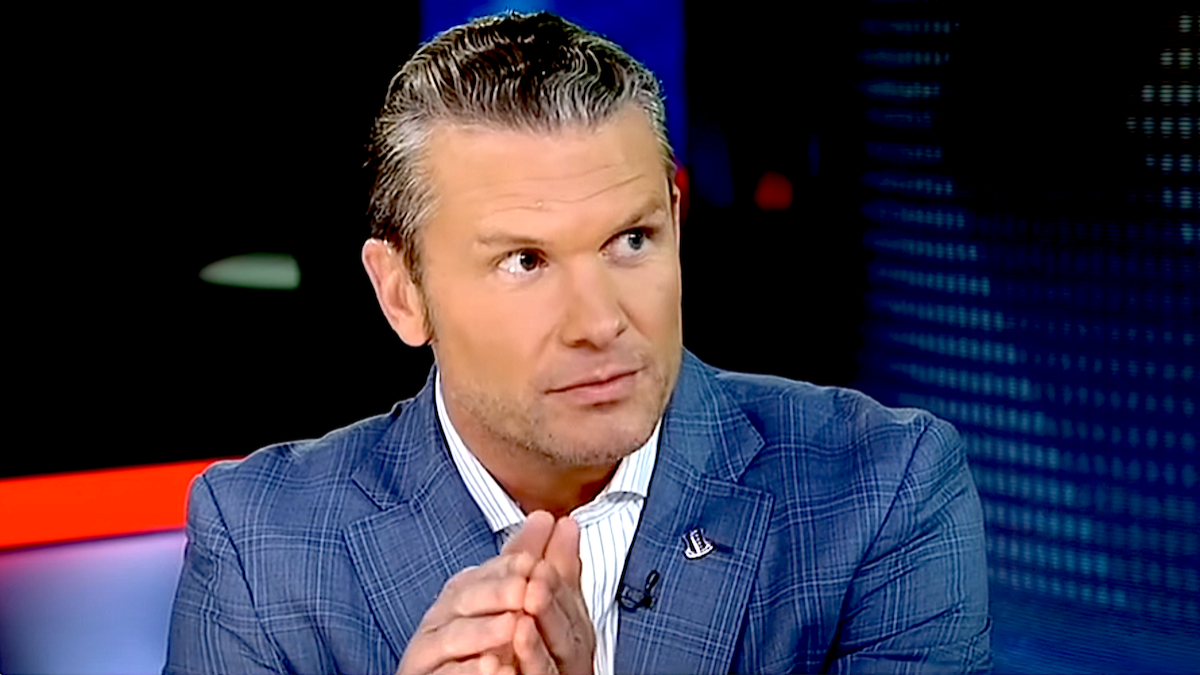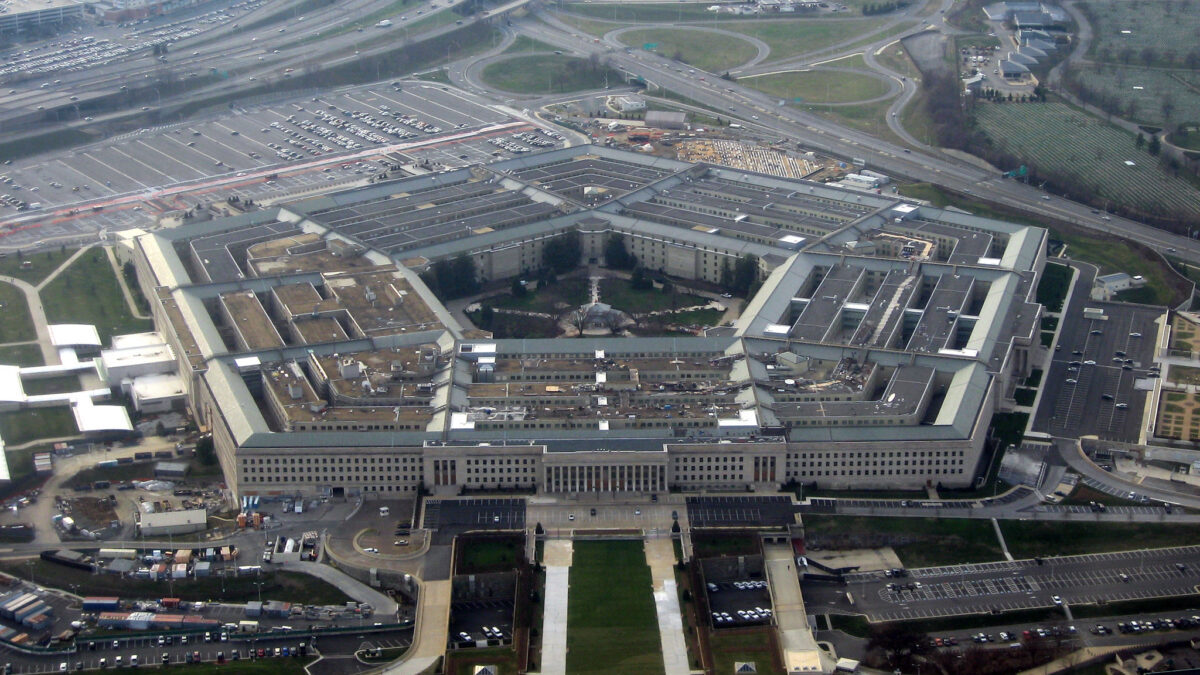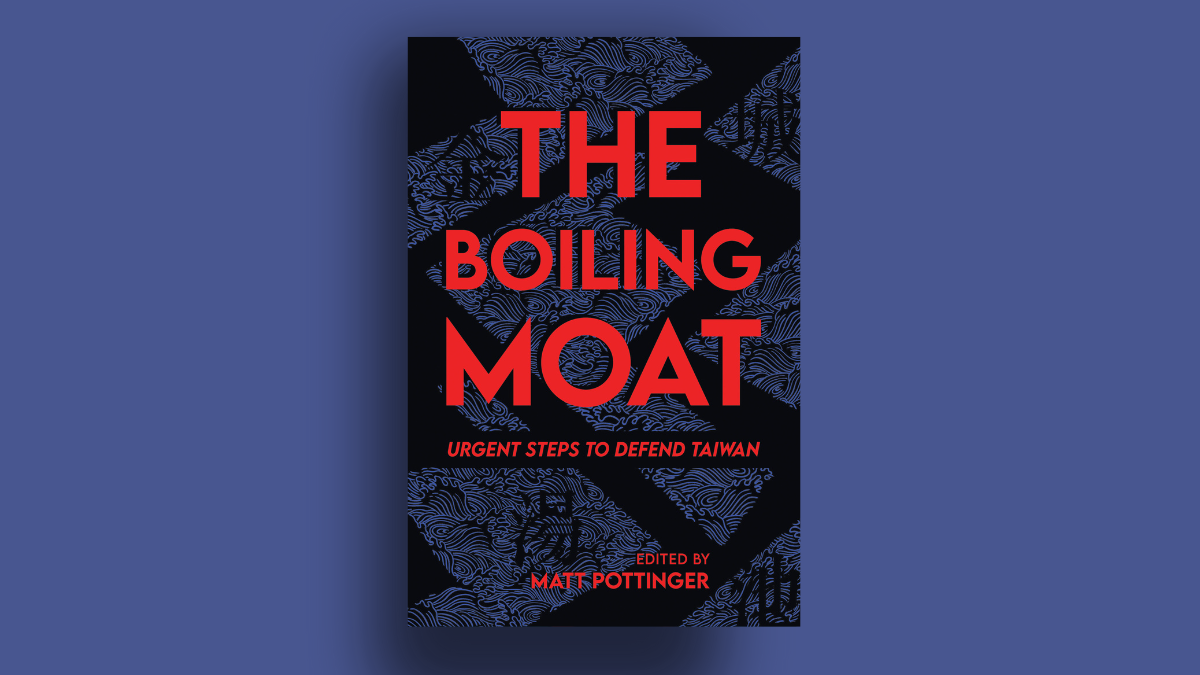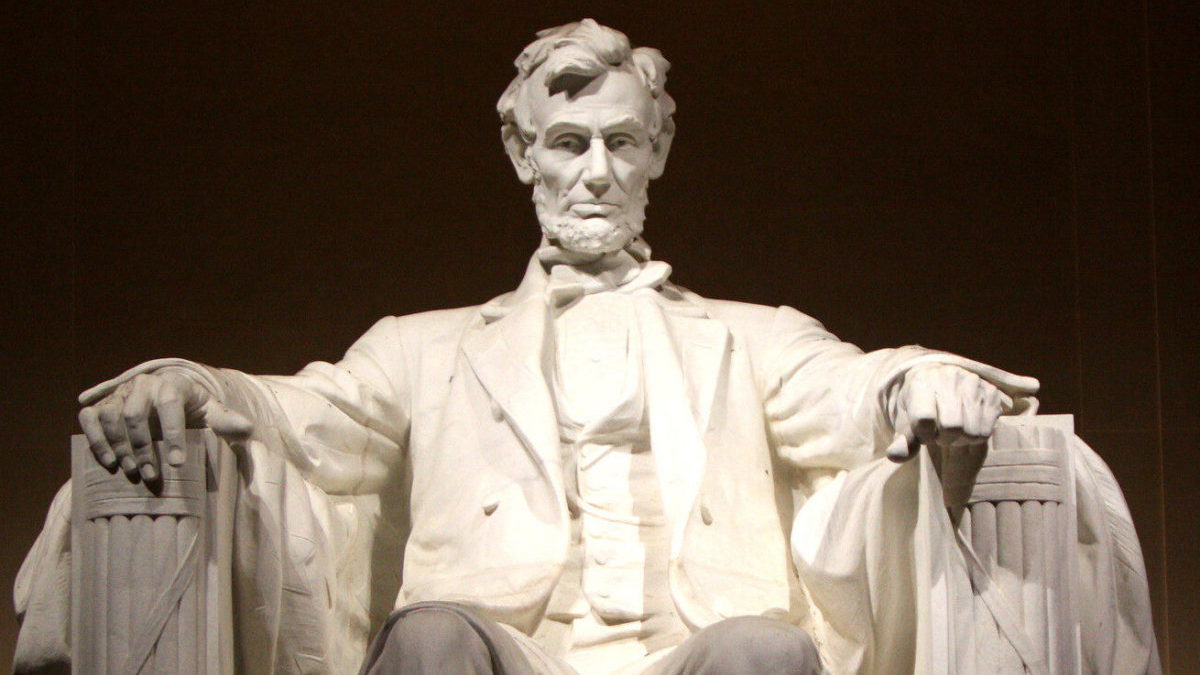
On a hot, cloudless spring afternoon on May 30, 1922, nearly 50,000 people assembled to witness the dedication ceremony of the Lincoln Memorial. Modeled after a Greek temple, the beautiful edifice was constructed with Colorado Yule marble and Indiana limestone with an immense Olympian-like statue of a tired Abraham Lincoln in a Roman-like chair. The distinguished audience included President Warren G. Harding, his cabinet secretaries, the justices of the Supreme Court, and the members of the memorial commission.
Fast-forward nearly 100 years to self-anointed moral guardians defacing a statue of Lincoln in San Francisco and woke students at the University of Wisconsin demanding the immediate removal of the one on their campus. Why has one of our most venerated leaders become the latest target of this puritanical mobocracy?
As we prepare to celebrate the centennial anniversary of our famous historical marker, it is illuminating and instructive to compare contemporary critiques with how Lincoln was regarded during his time. It says much about the failure of our education system to teach young people how to understand the past.
In his keynote address, Harding maintained that Lincoln’s greatness stemmed primarily from his devotion to the union and its preservation. It gratified him to dedicate “this superb monument to the savior of the republic.” Chief Justice William H. Taft dubbed it “a sacred religious refuge in which those who love country and love God can find inspiration and repose.”
How Leaders Handled Racism Then
Another high-profile speaker was Robert Russa Moton, president of Tuskegee University. Shamefully, his audience was segregated, with African-Americans shunted off to the side. Equally disgraceful was the Lincoln Memorial Commission’s censorship of his remarks.
In his original draft, Moton warned “that this memorial which we erect in token of our veneration is but a hollow mockery, a symbol of hypocrisy, unless we together can make it real in our national life, in every state, and in every section, for the things which he died.” Moton thereby challenged the nation to live up to Lincoln’s ideals lest the monument become a hollow vessel devoid of transcendent meaning.
Such brazen rhetoric was too much for Taft, especially for the dedication of a memorial in what was largely still a southern city. Moton had little choice but to comply, and the speech was revised for him. Gone were the condemnations of racism and its attendant poverty and hopelessness, replaced by praise for Lincoln as the healer and uniter and for the South and its role in sectional healing. One can scarcely imagine the gall Moton must have felt in having to praise a region then steeped in Jim Crow laws.
Why did Moton cave into such humiliating demands? He, like Lincoln, had to navigate through a perilous era. For African Americans, particularly in the South, the 1920s were the proverbial worst of times. One year before the Lincoln Memorial was dedicated was the infamous Tulsa race riot. Lynchings were still occurring throughout the region, and the majority of African Americans were relegated to sharecropping and menial jobs while also being disfranchised from the political system.
Yet Moton did not give in to despondency, instead declaring that black men and women were “proud of their American citizenship.” He movingly quoted from Lincoln’s Second Inaugural “Let us, therefore, with malice toward none, with charity for all, with firmness in the right: as God gives us to see the right” — then added “let us strive on to finish the work which he so nobly began, to make America the symbol for equal justice and equal opportunity to despair.”
In other words, Moton did not give up on Lincoln or his memorial. As Martin Luther King Jr. would do a half-century later, he beseeched Americans to live up to the ideals and aspirations of the 16th president. The memorial could thus serve as inspiration to exhort white Americans to follow, in Lincoln’s famous words, “the better angels of our nature.”
Today’s Critics Are No Longer Prudent and Patient
Modern critics of Lincoln seem less able to adopt a nuanced view of Lincoln or to consider the historical milieu in which he operated. The social justice warriors in San Francisco and at the University of Wisconsin specifically cited the 1862 Dakota Uprising, after which Lincoln approved the hanging of 38 Native Americans by the U.S. Army.
As one activist wrote on social media: “It has to do with his role in the largest mass execution in US History. A story we were not taught in high school.” Sadly, what students are also not often taught is that history is frequently messy, complicated, and complex — with few, if any, characters in proverbial black and white hats. Such nuances are not effectively distilled into Twitter posts.
In fact, the Dakota Uprising provides an illuminating example of why a reevaluation of Lincoln — or any figure, for that matter — requires historical context. Lincoln faced relentless pressure on multiple fronts to rubber-stamp the execution of 303 Dakota Native Americans. Settlers sent multiple warnings they were prepared to not only kill the men but also women and children.
Minnesota Gov. Alexander Ramsey affirmed that “private revenge on the border” would occur if the death sentences were not carried out. Lincoln’s own Republican-controlled Senate, with the 1862 elections looming, passed a resolution calling for him to approve the executions.
Lincoln had to make this judgment during the midst of the Civil War when it was going poorly for the Union. He had also recently lost his 11-year old son, Willie, to typhoid fever. Nevertheless, Lincoln and his assistants expended precious time to assiduously review the transcripts.
In the end, Lincoln commuted 265 of the sentences. Writing to the Senate, he justified his decision by making a distinction between Native Americans who participated in “massacres” and those who engaged in “battles.” His riposte to Senate pressure was: “I could not hang men for votes.”
Lincoln’s final verdict reminds us of the often tragic nature of history. Leaders often face dilemmas in which no good alternatives exist. Choices that seem so obviously crystal clear to us from the perspective of our more comfortable 21st-century lives were murky for Lincoln, who was simultaneously confronting an existential threat to the republic.
Memorials invite us to imagine and wonder about the worlds that great men and women inhabited, as well as their life-and-death decisions at hazy and potentially deadly turns in the road. As we prepare to celebrate the centennial of the Lincoln Memorial, let us remember that the man it commemorates succumbed to heartache, indecision, and second-guessing, yet transcended them to envision a nation with “a new birth of freedom.”
Like Moton, Lincoln did not allow the perfect to be the enemy of the good. Let us view the Lincoln Memorial not as a tomb to a flawless individual (a notion the self-deprecating Lincoln would assuredly have ridiculed), but as a step in Americans’ ceaseless quest for self-correction and expanding liberty.


